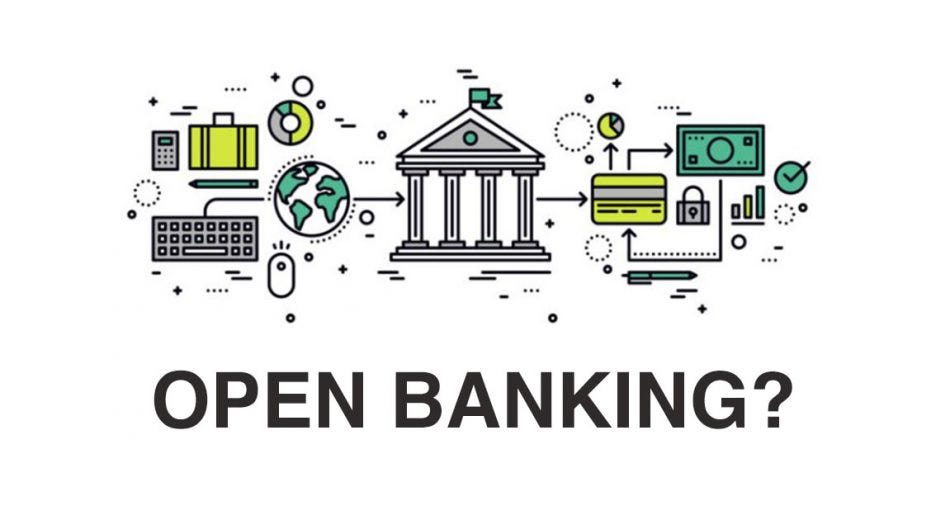
Talking of sharing data, Salt Edge just sent me some interesting stats about Open Banking and Open Finance (there is a difference).
They start by quoting that inconsistently reliable source Statista, who claim that the number of open banking users worldwide was expected to grow by an average of 50% per year between 2020 and 2024, with 12.2 million users in Europe in 2020. In 2024, the number of open banking users is close to 64 million, 70% more than predicted.
So I say that there’s a difference between Open Banking and Open Finance, but it goes further as there’s also Open Payments, Open Lending, Open Savings and more. It’s all about plug and play software using APIs (Application Programme Interfaces) through global cloud-based platforms.
The blog then cites FDX, a non-profit North American standards body aimed at promoting open finance, who say that there are 78 million consumer accounts in the US and Canada using its API for safe Open Finance data sharing as of March 2024. A bit like the UK’s OBIE (Open Banking Ltd), who claim amazing stats in their annual Open Banking Impact Report:
- Over 1 in 9 Brits use open banking services as open banking payments reach record high;
- 9.7m payments made in June 2023, an increase of 88% on the same month in 2022;
- Double the volume of payments in the first six months of 2023 than was seen in the first six months of 2022;
- The average transaction value of open banking payments is around £450, meaning the total monthly value of open banking payments is around £4.5bn;
- Over 1 in 9 (11%) British consumers are active users of open banking, and 17% of small businesses; and
- Financial decision-making, payments and borrowing account for 75% of all propositions.
Doesn’t it sound great?
The thing is I always come back to: does anyone want Open Banking or Open Finance or Open Payments?
The industry does, yes, but the customer doesn’t. As I’ve been blogging about safe data usage all week, this bothers me as what customers want is safe and secure banking. If Open Banking helps by delivering Better Banking, then that’s great but why not call it that: Better Banking. I’ve no idea why the industry talks about open when customers want their bank accounts closed and secure. It bugs me.
For example a recent paper by the OECD, “Open Finance policy considerations”, claims that the advantages of Open Finance include:
- Improved financial products and services for customers, meaning a greater variety of products with personalised and cost-efficient options.
- Giving customers more control and choice over their data. Open Finance is intended to ensure all consumers have strong control over their shared data, in line with GDPR, meaning that finance management, tax estimations, and loan options comparison become easier. Moreover, an Open Finance framework can bring advantages such as reducing bureaucracy and friction and providing an easier process for switching services or providers.
- Increased competition among financial institutions, driving innovation in the financial sector and leading to de-monopolisation of data. The framework can potentially encourage organisations to offer their clients new or
These objectives are laudable, but why oh why do we call it Open? It’s all about Better.
Chris M Skinner
Chris Skinner is best known as an independent commentator on the financial markets through his blog, TheFinanser.com, as author of the bestselling book Digital Bank, and Chair of the European networking forum the Financial Services Club. He has been voted one of the most influential people in banking by The Financial Brand (as well as one of the best blogs), a FinTech Titan (Next Bank), one of the Fintech Leaders you need to follow (City AM, Deluxe and Jax Finance), as well as one of the Top 40 most influential people in financial technology by the Wall Street Journal's Financial News. To learn more click here...

